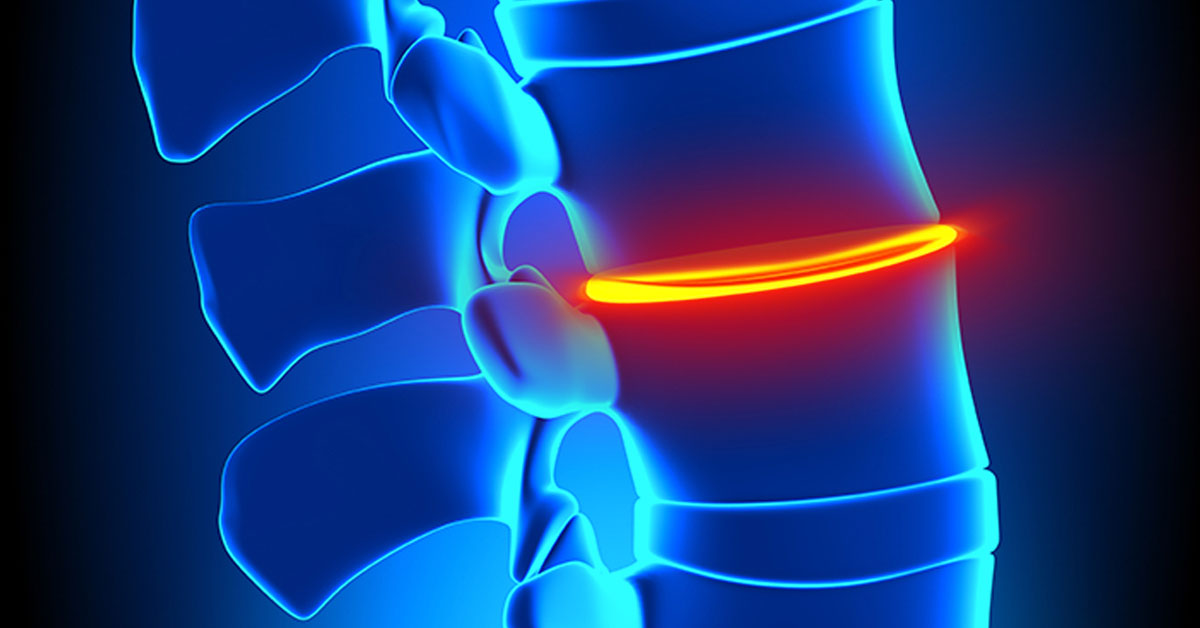
Condition and Causes
There is a disc between each vertebra in the spine. When this disc gets an infection and becomes inflamed, it's called discitis. Often the cause of the infection is staphylococcus, or a bacterial or viral infection. The discs in the lumbar and thoracic section of the spine are usually the ones affected by discitis. Discitis is rare, but it affects children under 10 more often. It is a very painful condition, as pain often travels all over the body with any movement of the spine.
Symptoms and Diagnosis
Symptoms of discitis include gradual onset of severe back pain, fever, chills sweating, and stiffness. Fatigue, loss of appetite, and refusal to stand, walk or sit up may also occur. In order to diagnose discitis, the physician will review the patient's medical history and follow with a physical exam. To confirm the diagnosis, the physician may order an X-ray, MRI, or a bone scan. A blood cell count may also be ordered to determine if the number of white blood cells has risen. An Erythocyte Sedimentation Rate may also be ordered to determine if the sedimentation rate is elevated, which is an indication of inflammation.
Treatment
Treatment of discitis depends on age and cause of the infection. Elimination the cause of infection and getting rid of pain and other symptoms is the goal of treating discitis. Anti-inflammatory medication, antibiotics, steroids and pain relief medication may be prescribed, as well as bracing and bed rest. Severe cases may need a surgical procedure if progress is not made in relieving symptoms after a certain amount of time. Possible surgical recommendations include a discectomy or an interbody fusion.
Risks and Benefits
Failure to take preventive measures for any spinal condition may result in a further aggravated condition. Surgical measures for advanced cases may give relief from extremity pain. The risks involved with surgery are common - infection, blood loss, non-union, damage to nerves and spine - and some specific to your treatment. This material is intended to give the patient an overview of surgical procedures and treatments and is not intended to replace the advice and guidance of a physician. Always consult with your doctor about the particular risks and benefits of your treatment.
